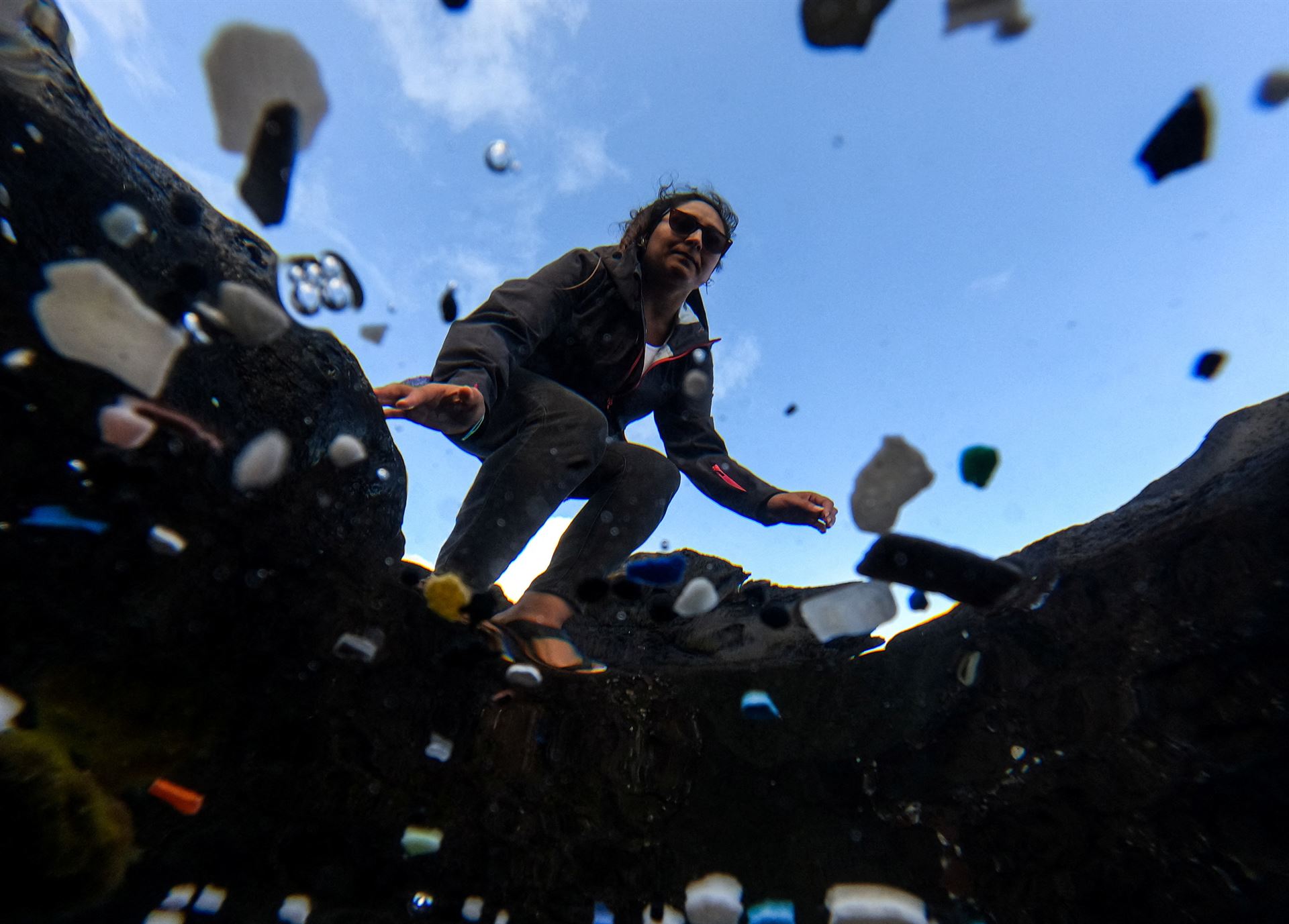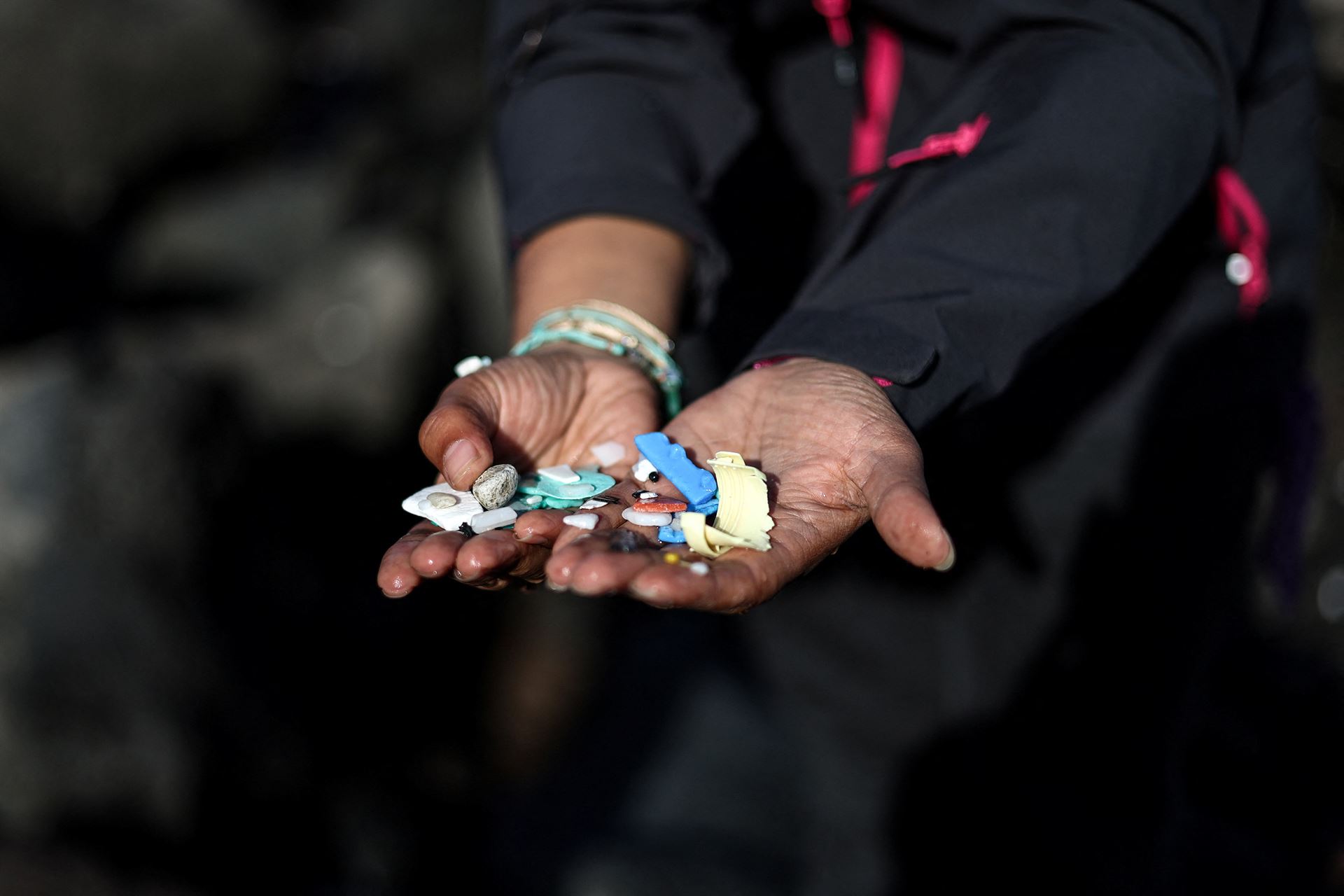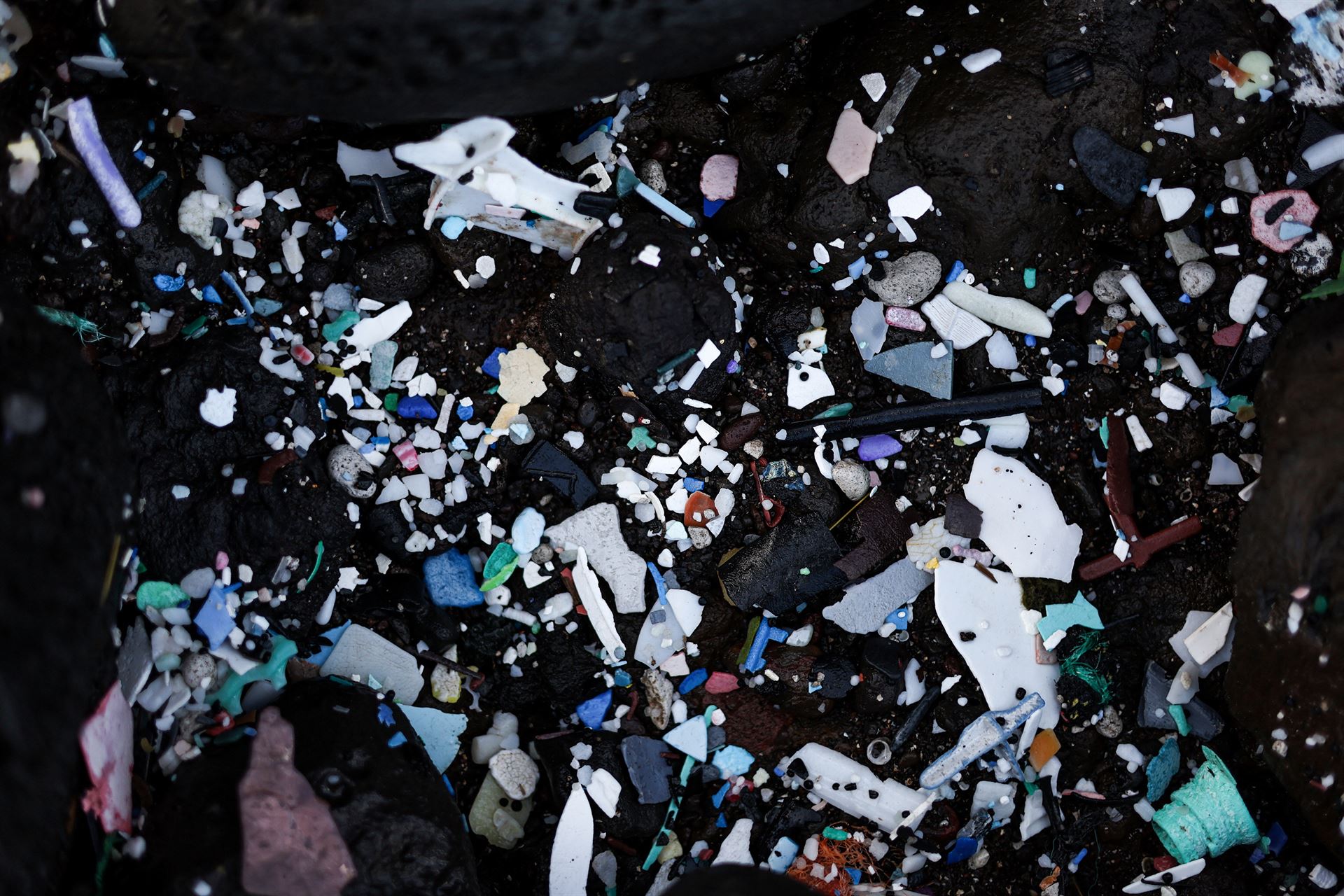
HANGA ROA, Easter Island - Easter Island, the tiny remote speck of land in the middle of the Pacific Ocean, is stuck in an oceanic vortex of plastic.
According to municipal data from Rapa Nui, the island's local name, it receives around 50 times more plastic and microplastic than the coasts of Chile. This is largely due to its location in the South Pacific Gyre, which brings in trash from Australia, South America and fishing vessels.
ALSO READ: Treaty seen helping curb plastic pollution
"The microplastic we find on the coasts isn't ours," said Moiko Pakomio, a marine biologist for the local government, adding that globally most microplastics come from fishing vessels that throw their waste in the ocean.

"That (plastic waste) decomposes as it travels along currents and degrades until it becomes microplastic."
The microplastics have also contaminated the local fauna, Pakomio said, including sea urchins that both residents and other marine fauna eat, contaminating the entire food chain. "Microplastics have been growing exponentially and it's terrible," said Pedro Edmunds, the mayor of Rapa Nui. "It's affecting our lives, it's affecting our food, the blue fish that live in our ocean and we depend on for protein."
READ MORE: Greater Mekong Subregion nations discuss environmental protection cooperation
This has led Edmunds and others on the island to lead a campaign against plastic pollution. Edmunds hopes an agreement will be reached in South Korea next month to help reduce the use of plastic polymers.

Although the island is appealing to the world to cut down on plastic waste, Edmunds said they had discovered that most of the contamination is coming from their own country.
READ MORE: River receiving pristine protection
"We found out that 58 percent of the plastic Rapa Nui gets comes from continental Chile," Edmunds said. "It's Chile that's mainly contaminating Chilean waters and Rapa Nui."


